How to Deploy a war File Using GlassFish
Join the DZone community and get the full member experience.
Join For FreeBefore trying this out make sure you have installed GlassFish in your
machine. Installation is just easy as downloading the zip archive from here and unzipping it to a desired location.
Creating a new domain
Open up a terminal, change directory to the GlassFish installation directory and run following.
bin/asadmin
This will enable you to use asadmin tool. Now execute the following
command to create a new domain. after running this command you will
probably have to give admin password and master password.
create-domain --adminport 5000 --profile developer --user admin domain2
Now open up another terminal and change directory to [glassfish-installation]/domains/ and you will see the newly created domain2 has appeared there.
Open up a browser and go to http://localhost:5000/. This will bring you the GlassFish GUI admin console. This is one place you can deploy your war file. But in this post I'm not much focusing on it, instead I will show you how to do this using the command line. But GUI lovers, for any consolation I have put some screenshots which you can follow if you prefer the GUI way.
In case you want to delete a domain use the following command.
delete-domain domain2
Starting the domain
To start domain2 run following command.
start-domain domain2
Deploying a war file
Use the following command to deploy your war file.
deploy --port 5000 --host localhost /home/pavithra/workspace/NewDemoService/WebServicesJaxWs/NewDemoService.war
After deploying the war file I can access the WSDL file I want to access using the URL http://localhost:8080/NewDemoService/NewDemoService?WSDL
To change default 8080 (HTTP) port which specifies where the web
application context roots are available for a Web browser to connect to,
you can use the --instanceport parameter when creating the domain. See
the following command.
create-domain --adminport 5000 --profile developer --user admin --instanceport 9000 domain2
Undeploying a war file
To undeploy NewDemoService.war file you need to use the following
command. Note that here you don't have to use the full name but literal
"NewDemoService".
undeploy --port 5000 --host localhost NewDemoService
Stopping a domain
To stop the domain "domain2" use the following command.
stop-domain domain2
After this if you try to deploy to this particular domain, it will complain.
Auto Deploy
To perform auto deploy, copy NewDemoService.war file in to [glassfish-installation-directory]/domains/domain2/autodeploy directory. If autodeploy succeeds, you will see NewDemoService.war_deployed has created. This will deploy your war file automatically.
Published at DZone with permission of Pavithra Gunasekara, DZone MVB. See the original article here.
Opinions expressed by DZone contributors are their own.

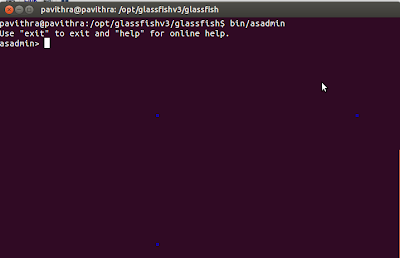
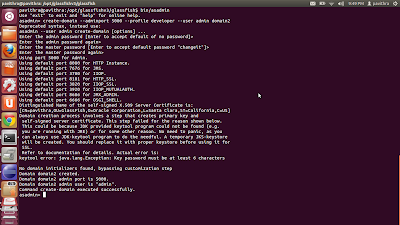
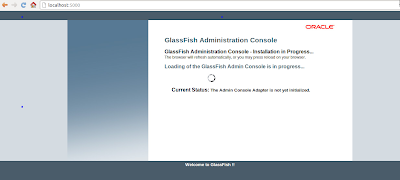
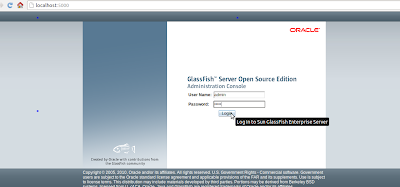
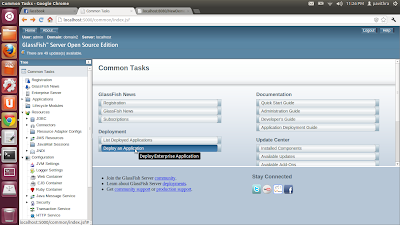
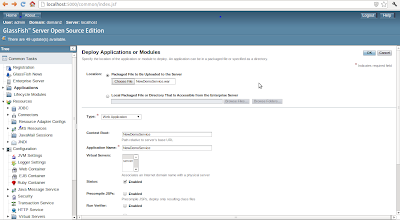
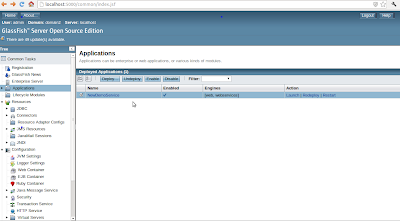




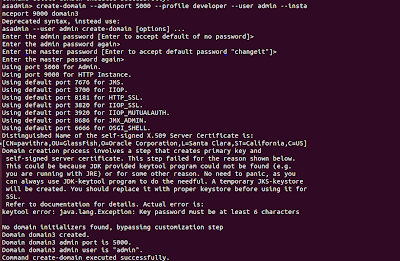
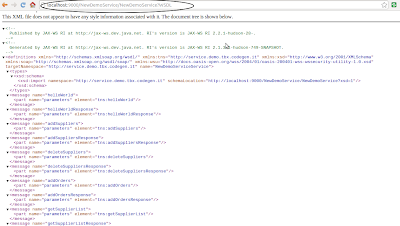


Comments